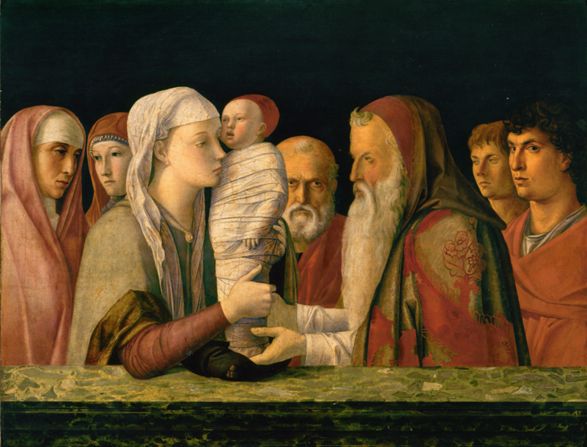Timelines and Lifelines

Dear friends,
There is a church study course where participants are given a pen and paper and asked to draw a timeline of their life, showing its ups and downs. Most people’s graphs look like a rollercoaster: at first the line is straight and then it traces down, as it records an unhappy life event. Then, after a while, when things improve, the trajectory of the line goes up.
It is a simple and somewhat crude representation of what your has been like life up to that point. No one has a straight line. Everybody has known both hardship and blessings. The purpose of drawing the line is to gain a perspective on your life as a whole, and consider how God has been present throughout good times and bad.
Your personality is shaped in part by your history, by the gradual accumulation of past events and experiences. But imagine you were able to see into the future. What would your timeline be like? What if the overall trend were downwards instead of upwards? How would such knowledge affect you?
A prediction of future sorrow was the gift of Simeon to the mother of Jesus, on the occasion when Mary and Joseph took their son to the Temple in Jerusalem. Simeon greeted the new parents and then took the baby Jesus in his arms. Of Jesus, Simeon said that he will be
“a light for revelation to the Gentiles
and for glory to your people Israel.” (Luke 2:32)
Simeon then turned to Mary and uttered this prophecy,
“…and a sword will pierce your own soul too.” (Luke 2:35)
He is referring to the death of Jesus, which will break his mother’s heart. It’s a reminder to her, and to us, that obedience to the will of God involves both blessings and sufferings. The response of Mary is not recorded. She will have instinctively understood that her own suffering will be linked to that of her son’s.
In the gospel of Mark there is another example of this kind of prophecy. When the disciples and brothers James and John demand that Jesus grant them companionship on either side of him “in your glory”, Jesus cautions them that they do not know what they are asking for. However, he adds this question, “Are you able to drink the cup that I drink?” (Mark 10:36-40) This is a reference to Jesus’ Passion, to the suffering and death he will endure for the sake of his friends. The ambitious brothers answer “yes”, and Jesus confirms that they, too, will drink the same cup as him. As for their first request, it is declined. Jesus tells them, “to sit at my right hand or at my left is not mine to grant, but it is for those for whom it has been prepared.”
The acceptance of future suffering is not among our baptismal promises. But should it be? Or would that be a barrier to conversion? If the history of the early church is anything to go by, the prospect of suffering for the Lord is no disincentive. If anything, future suffering was to the burgeoning Christian movement a badge of honor and a sign of nobility.
It is one of the paradoxes of human nature that, for a noble cause, people are willing to suffer or die. This explains why Christianity continues to find new adherents in every age, even in times of persecution. The mother of Jesus had already accepted her role as God’s partner in the salvation of the world. Of course, she had free will and could have changed her mind at any time. Yet Mary was fully invested in her new born son. Nothing was going to change the future course of her life - not even a sword that would pierce her soul.
James and John appear to be motivated by vainglory, not love. They imagine themselves at Jesus’ right and left hand in the kingdom of heaven. Jesus catches them in a net of their own making. It is an irony that the two fishermen are caught by the fisher of men.
Imagine what your timeline will be like ten years from now. We all think of it going up, because another characteristic of human nature is that we live in hope. That is the right approach, but not for the obvious reason. We aren’t called to be Pollyannas. Rather, for the faithful Christian, consider that there are two timelines. The first one is always going up. It reflects the abiding love of God. The fact is that God never abandons you. He desires only that you share life with him in his glory (in whatever place he has prepared for you).
The other line - your earthly lifeline - can go either up or down. If blessings are received, then accept them with thanksgiving and humility. If sufferings come, try to see them as blessings. What is God saying to me in the middle of them? When the storms come, you cling to Christ, for only Christ will keep you safe. As St. Paul says, nothing “will be able to separate us from the love of God in Christ Jesus our Lord.” (Romans 8:39)
The end of your timeline will be like this:
“Death will be no more; mourning and crying and pain will be no more, for the first things have passed away.” (Revelation 21:4)
The fulfillment of the prophecy of future suffering will come and go. What remains is love. It is love that sustained Mary (and James and John) through the trials of life. Love is the first and the last word. Throughout our earthly life, love is the deep well from which we can all draw.
With blessings,
now and in the age to come
Father David


0 Comments
There are no comments.
Stay Tuned
Sign-up for David's newsletter